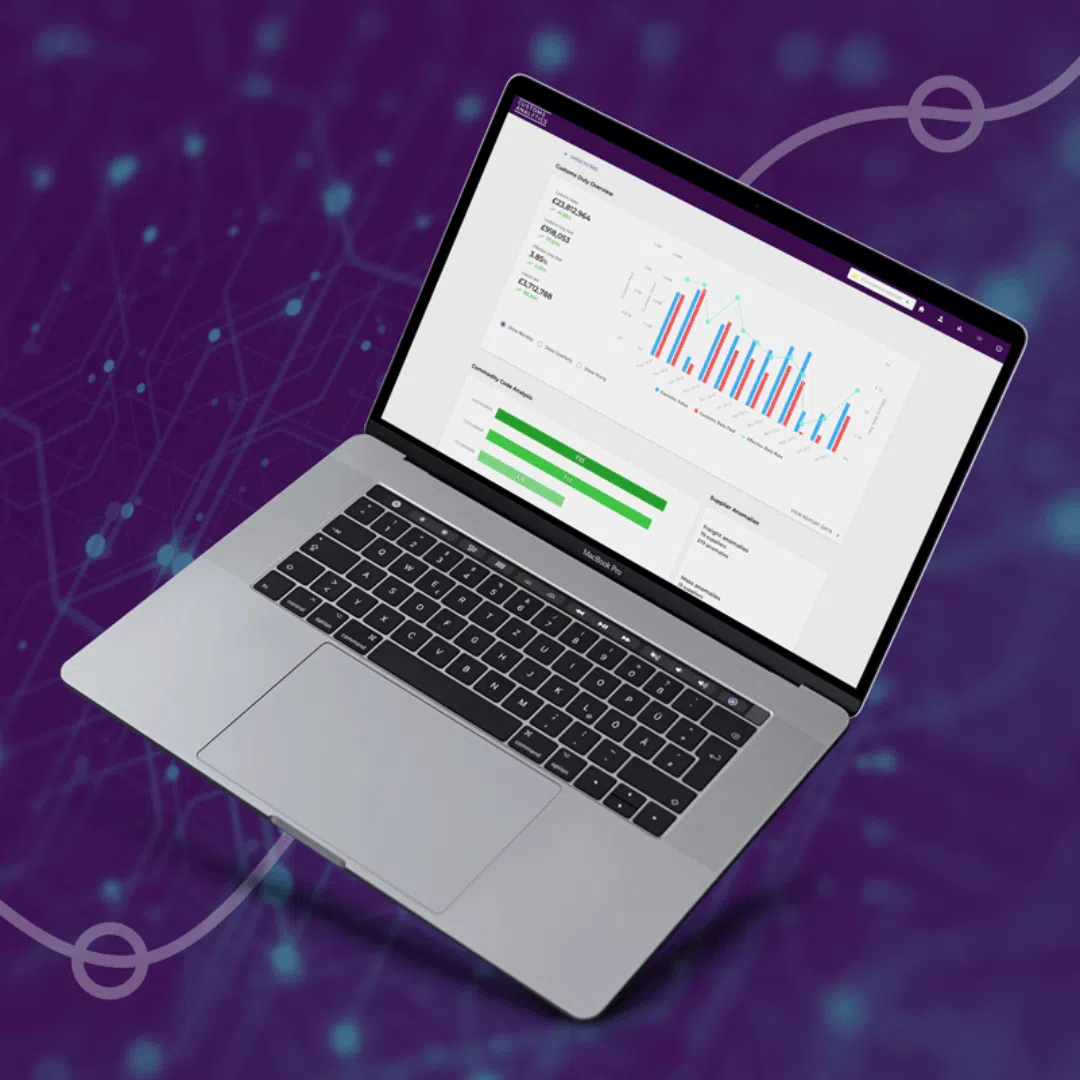
Customs data access is being transformed from MSS and CDS to TRE and CAT360. For the first time, HMRC will make official declaration data free to access through the new TRE service – replacing costly MSS/CDS reports that required applications, delays and fees of up to £960 + VAT. Free access removes a significant barrier, but the real value lies in how the data is used.
MSS reports served as HMRC’s original mechanism for providing import and export declaration extracts. CDS reports later succeeded these, part of the wider transition away from the legacy CHIEF system.
CDS maintained the core data categories found in MSS import item, import header, import tax lines and export item reports but presented them in a more structured and updated format. In essence, both MSS and CDS served the same function: supplying businesses with a structured view of their submitted customs declarations.
The Launch of the Trade Reporting and Extracting (TRE) Service
HMRC has confirmed that CDS reports will be fully phased out, with all contracts expiring by 31 March 2026. This creates a firm deadline for businesses that still rely on MSS / CDS reporting mechanisms.
TRE is not an optional upgrade; it will become the only method available for accessing official customs data. It introduces greater flexibility, allows for automated data retrieval, and crucially, removes previous cost barriers.
From Paid Applications to Free Access
Under the existing MSS/CDS model, businesses were required to complete an application, nominate a responsible party, and pay annual fees, typically £240 + VAT per report per year. Full access to all four CDS reports could cost £960 + VAT annually.
By contrast, TRE will be free of charge. Businesses will access their data through their existing Government Gateway account, eliminating the need for applications or waiting periods. This development significantly lowers the barrier for businesses of all sizes to access their customs declaration data.
To access TRE, businesses must have:
Once these are in place, users may request and download their data in CSV or Excel format. Reports will typically be made available within 48 hours and will consolidate data from both the CHIEF and CDS systems.
This move from fixed-schedule reporting to on-demand access provides greater agility and a more comprehensive view of the trade footprint.
Why Accessing and Using TRE Data Matters
Access to TRE is not simply a question of convenience. It has direct implications for compliance, audit readiness and financial protection.
When HMRC conducts a post-clearance check, it assesses what has been filed in its own systems-not what appears on commercial invoices or internal spreadsheets. TRE data therefore represents the definitive source of record for customs declarations.
The Risks of Inaction
The Value of Routine TRE Use
Businesses that routinely review their TRE data can:
While TRE provides access to customs data, it does not offer tools for interrogation or analysis. CAT360 addresses this gap.
Key Benefits of CAT360
CAT360 transforms raw data into decision-ready intelligence, strengthening both compliance and financial strategy.
Given the volume of data within TRE reports, finding actionable insight requires precision. CAT360 incorporates powerful filters to streamline this process.
Available Filters

These tools allow businesses to:
Rather than manually reviewing thousands of lines, users can focus on the data that matters.
Preparing for the Transition
With CDS report contracts ending by March 2026, businesses should prepare now to adopt TRE and embed its use into routine compliance activities.
Taking early action ensures:
Barbourne Brook recommends pairing early TRE adoption with CAT360 implementation to unlock full compliance and financial benefits.